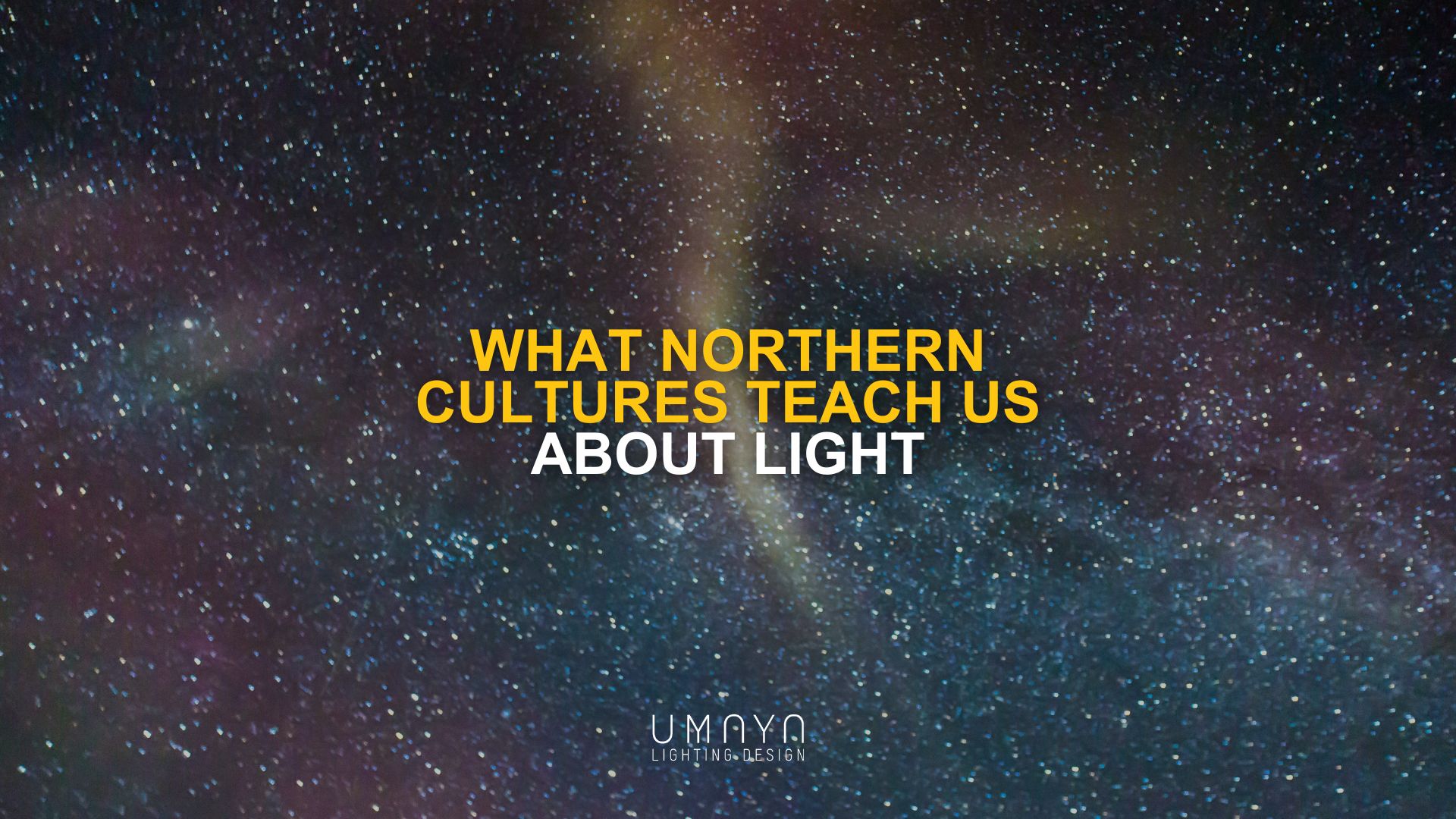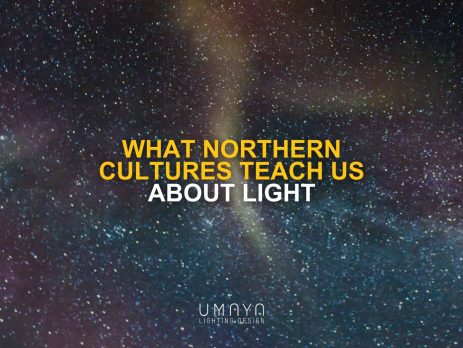
May 30, 2025
What Northern Cultures Teach Us About Light
In regions like Scandinavia, Alaska, and northern Canada, lighting is more than functional—it’s essential to health and daily life. Long, dark winters challenge the body’s internal rhythms, often leading to Vitamin D deficiency, seasonal affective disorder (SAD), and disrupted sleep cycles. But instead of resisting the darkness, these cultures have developed thoughtful, layered responses that place lighting at the center of well-being.
Light therapy is a widely adopted solution, with daylight-mimicking lamps found in homes, offices, and even public spaces. These tools help regulate circadian rhythms and lift mood, especially during the darker months. Nutrition also plays a role: Vitamin D-rich foods like fatty fish and fortified dairy are common in winter diets, supported by national health guidelines.
What truly sets these regions apart is how outdoor life continues year-round. The Nordic concept of friluftsliv—open-air living—encourages connection to nature regardless of the weather. Lighting, in this context, supports not just safety, but the emotional experience of winter landscapes.
Indoors, the Danish tradition of hygge reflects another cultural layer: the power of soft lighting, warm textures, and intimate moments to transform interior environments. Seasonal festivals like Lucia Day in Sweden or Finland’s Polar Night Festival further reinforce lighting’s role as a symbol of togetherness and renewal.
These cultural frameworks offer valuable insight for lighting designers. In low-light environments, priorities shift toward emotional resilience, circadian health, and multisensory experiences. Whether through smart lighting technologies or traditional rituals, design becomes a bridge between environmental realities and human well-being.
At UMAYA, we believe in learning from diverse cultural responses to light. These stories remind us that lighting is not only technical—it’s deeply personal, shaped by place, tradition, and the rhythms of life.
